SCADA (Supervisory Control and Data Acquisition) systems are designed for monitoring and controlling industrial processes and infrastructure. They provide real-time data collection, supervision, and control capabilities, improving efficiency, safety, and reliability across various applications and industries.
SCADA enables the integration of programs running on different platforms used in operational technology into office environments (e.g., Windows), giving users significant flexibility for additional operations.
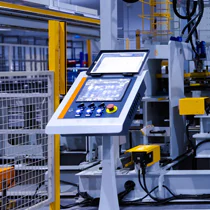
The user interface that allows operators to interact with the SCADA system. HMIs display data collected from sensors and enable operators to control processes and equipment.
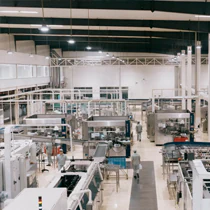
This includes the servers and software that collect data from field devices, process it, and display it on the HMI. The supervisory system logs data for future analysis.

These are microprocessor-controlled devices that interface with physical field equipment (such as sensors and actuators). RTUs collect data from the equipment and send it to the supervisory system. They can also receive commands from the system to control the equipment.
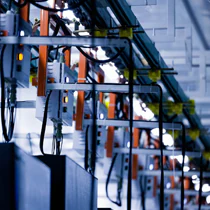
Similar to RTUs, PLCs are used to control machines and processes. They are highly reliable and are typically used for real-time control tasks. PLCs can operate independently and are programmable to execute specific control functions.
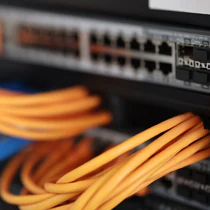
This includes the networks and communication protocols that link the SCADA components. Communication can be wired or wireless and often involves multiple layers and redundancies to ensure reliability and security.
Whether considering custom-developed or off-the-shelf modular SCADA solutions, they offer numerous advantages:

SCADA systems allow operators to remotely monitor and control industrial processes and equipment, often from locations several kilometers away. This is particularly crucial when real-time monitoring and intervention are key to operational success.

SCADA systems provide real-time data on the performance of equipment and processes, enabling operators to quickly identify issues without delay. This leads to fast corrections, reduced downtime, and improved productivity.
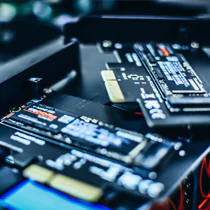
SCADA systems gather large amounts of data, which can be analyzed to identify trends, predict potential failures, and make informed decisions regarding maintenance schedules and process improvements.
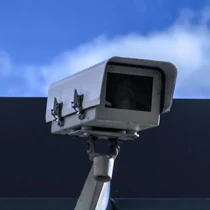
Real-time monitoring helps detect potential hazards or abnormal conditions early, allowing for timely intervention to prevent accidents or reduce risks.
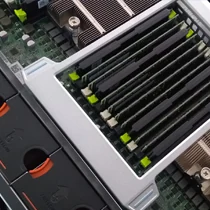
SCADA systems can integrate with sensors, controllers, and other devices from various manufacturers, making them flexible and adaptable to different industrial environments.